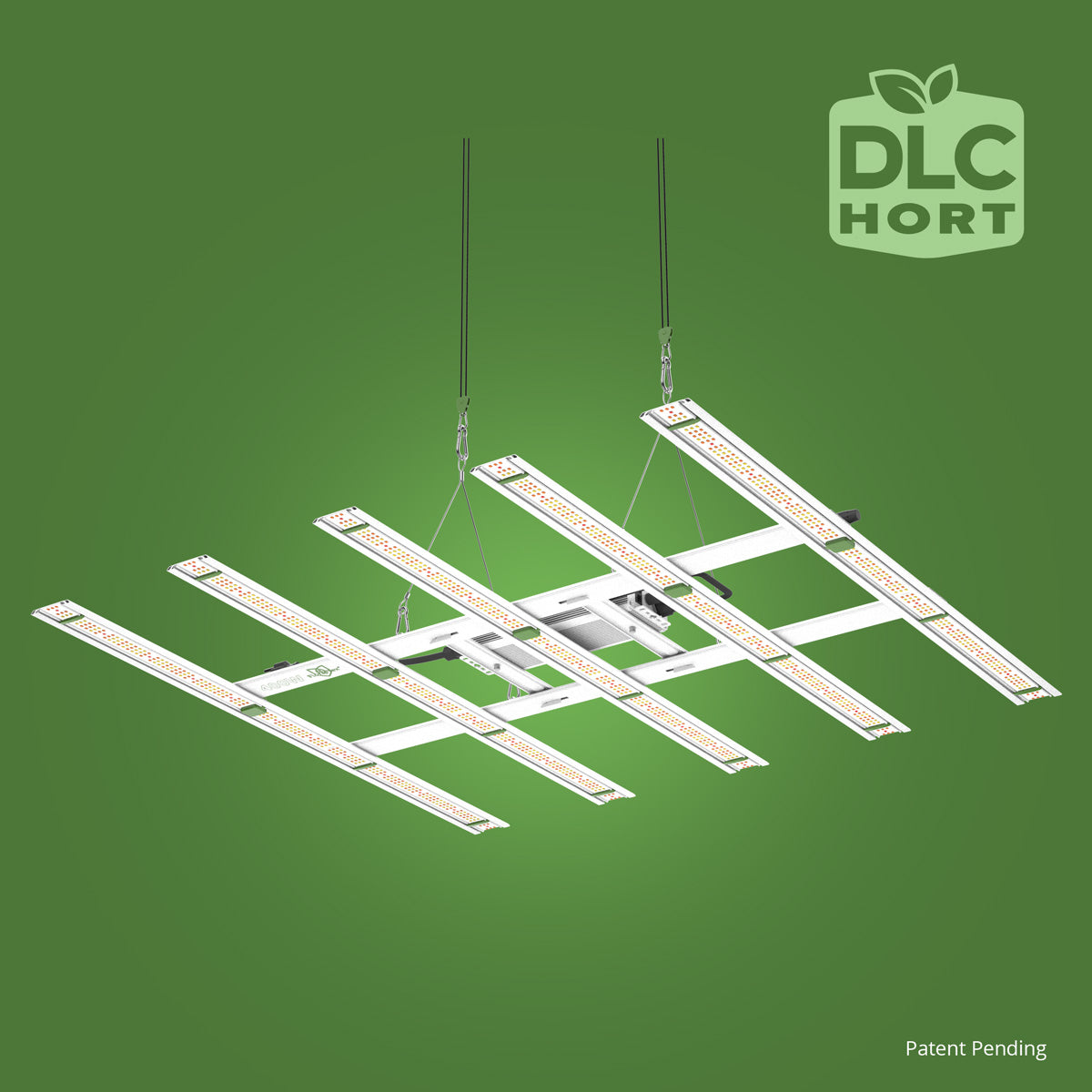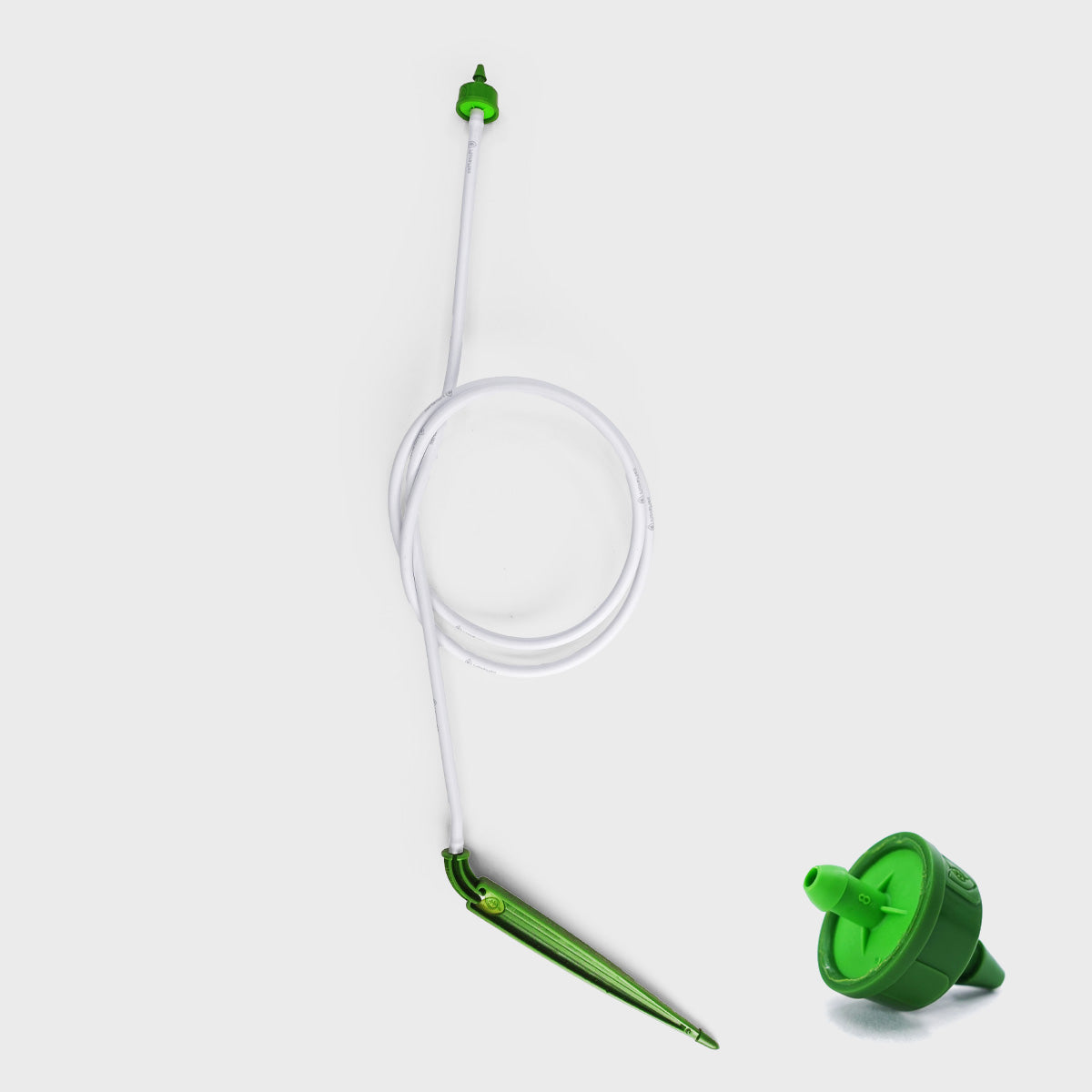A drip irrigation timer is a valuable tool that helps automate and optimize watering schedules in drip irrigation systems. In this blog post, we'll explore the benefits of using a drip irrigation timer, discuss how it works, and provide tips for selecting, programming, and maintaining it effectively.
Benefits of a drip irrigation timer A drip irrigation timer offers several advantages for efficient watering:
-
Precise scheduling: A timer allows you to set specific watering schedules based on the needs of your plants. This ensures that water is delivered consistently and at the right times, promoting healthy plant growth.
-
Water conservation: By automating the watering process, a timer helps avoid overwatering and reduces water waste, leading to improved water efficiency and conservation.
-
Convenience and flexibility: With a timer, you can easily program and adjust watering schedules according to changing weather conditions, plant requirements, and personal preferences. This provides convenience and flexibility in managing your irrigation system.
How a drip irrigation timer works A drip irrigation timer is typically installed between the water source and the irrigation system. It controls the flow of water by activating and deactivating the valves or solenoids that regulate water distribution. The timer can be programmed to operate at specific intervals, durations, and frequencies, ensuring precise and consistent watering.
Selecting, programming, and maintaining a drip irrigation timer Consider the following tips for selecting, programming, and maintaining a drip irrigation timer effectively:
-
Timer selection: Choose a timer that suits your specific needs and irrigation system requirements. Consider factors such as the number of zones, watering frequency, battery or AC power options, and programming features.
-
Programming settings: Read the manufacturer's instructions and familiarize yourself with the programming settings of the timer. Set the watering start time, duration, and frequency based on plant needs and environmental conditions.
-
Adjusting for seasonal changes: Modify the watering schedules as the seasons change to accommodate variations in temperature, rainfall, and plant growth requirements.
-
Regular maintenance: Inspect the timer periodically for any signs of damage or malfunction. Clean the timer and ensure it is properly sealed and protected from weather elements. Replace batteries or check the power source as needed.
-
Back-up power: Consider using a timer with a battery back-up or surge protection feature to ensure uninterrupted operation during power outages or electrical disturbances.
Conclusion A drip irrigation timer is a valuable tool for automating and optimizing watering schedules in drip irrigation systems. By understanding its benefits and following the tips for selection, programming, and maintenance, you can enhance the efficiency and effectiveness of your irrigation system. Choose the right timer, program it accordingly, and perform regular checks to ensure proper functioning. With a well-selected and properly maintained drip irrigation timer, you can achieve water-efficient and successful plant cultivation while saving time and effort.








